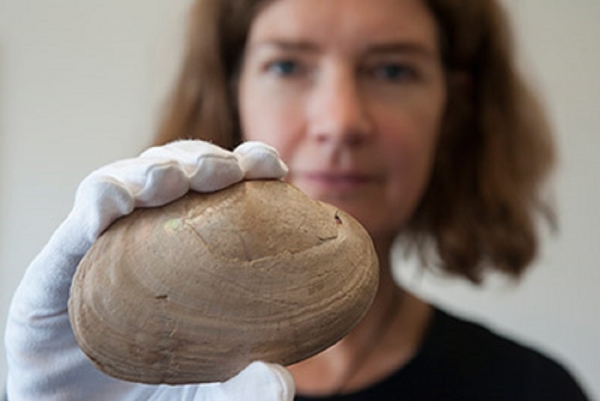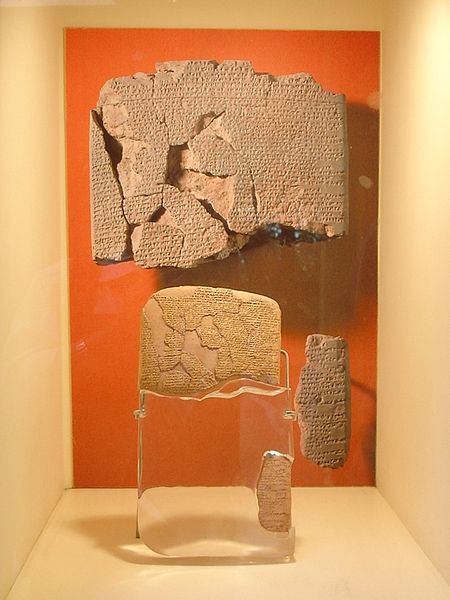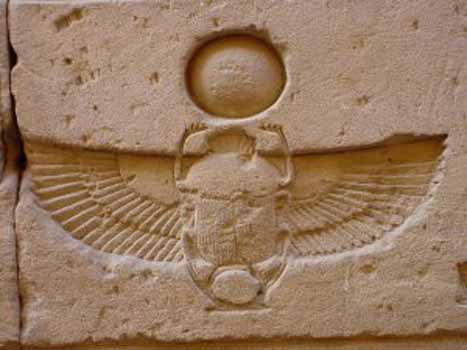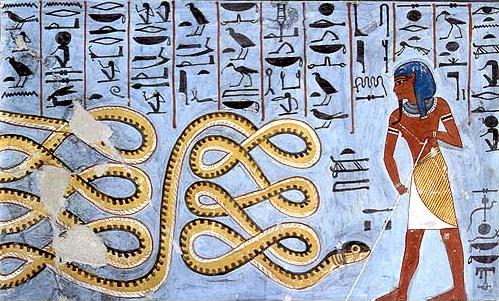Mummification is otherwise known as the preserving process that cultures such as the Ancient Egyptians had practiced on dead bodies in order to carry 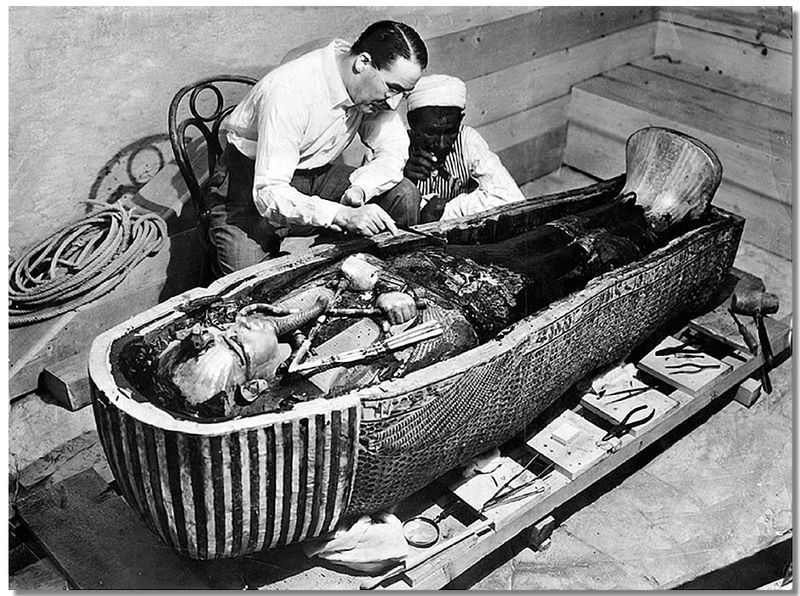 them into the next life. It has been thought to have originated approximately 4,600 years ago or in the year 2,600 B.C. Sources such as the Smithsonian, have maintained that the earliest mummies from prehistoric times were probably accidental and formed naturally from the hot and dry environment of the desert.
them into the next life. It has been thought to have originated approximately 4,600 years ago or in the year 2,600 B.C. Sources such as the Smithsonian, have maintained that the earliest mummies from prehistoric times were probably accidental and formed naturally from the hot and dry environment of the desert.
However, a recent article from Live Science pointed out an analysis from the science journal “Plos One” that uncovered new evidence which shows mummification was intentionally being practiced by humans using chemical means over a thousands years before the Fourth and Fifth Dynasties, between the years 4500 B.C. and 3100 B.C..
The evidence that led to this new hypothesis has been in the hands of modern scientists for nearly a hundred years. The Live Science publication said that when the graves of the ancient Egyptians were excavated in the 1920’s, British archaeologists were far more interested in the junk such pots, jewels, shells and other grave goods that hadn’t already been stolen over the millennium.The textiles from the very old human bodies were left over to be taken to the Bolton Museum in the northwest of England, where they would remain hidden until the most recent report was made. The actual bodies were not originally gathered up by the archaeologists and could be anywhere in storage (according to a researcher from the study).
Here is the study abstract directly from Plos One science journal:
Traditional theories on ancient Egyptian mummification postulate that in the prehistoric period (i.e. the Neolithic and Chalcolithic periods, 5th and 4th millennia B.C.) bodies were naturally desiccated through the action of the hot, dry desert sand. Although molding of the body with resin-impregnated linen is believed to be an early Pharaonic forerunner to more complex processes, scientific evidence for the early use of resins in artificial mummification has until now been limited to isolated occurrences during the late Old Kingdom (c. 2200 B.C.), their use becoming more apparent during the Middle Kingdom (c. 2000-1600 BC).
We examined linen wrappings from bodies in securely provenanced tombs (pit graves) in the earliest recorded ancient Egyptian cemeteries at Mostagedda in the Badari region (Upper Egypt). Our investigations of these prehistoric funerary wrappings using a combination of gas chromatography-mass spectrometry (GC-MS) and thermal desorption/pyrolysis (TD/Py)-GC-MS have identified a pine resin, an aromatic plant extract, a plant gum/sugar, a natural petroleum source, and a plant oil/animal fat in directly AMS-dated funerary wrappings.
Predating the earliest scientific evidence by more than a millennium, these embalming agents constitute complex, processed recipes of the same natural products, in similar proportions, as those utilized at the zenith of Pharaonic mummification some 3,000 years later. The antibacterial properties of some of these ingredients and the localized soft-tissue preservation that they would have afforded lead us to conclude that these represent the very beginnings of experimentation that would evolve into the famous mummification practice of the Pharaonic period.
The up-to-date analysis on these preserved bodies was led by Study leader Jana Jones of Macquarie University in Sydney Australia and other colleagues. When they examined the prehistoric wrappings that had mostly been raided from the tombs of Mostagedda (Asyuti Province in modern day Egypt), it was noted that the wrappings were waxy. Study researcher Stephen Buckley noted that the waxy material indicated that these bodies had been mummified by human hands and did not preserve by natural means.
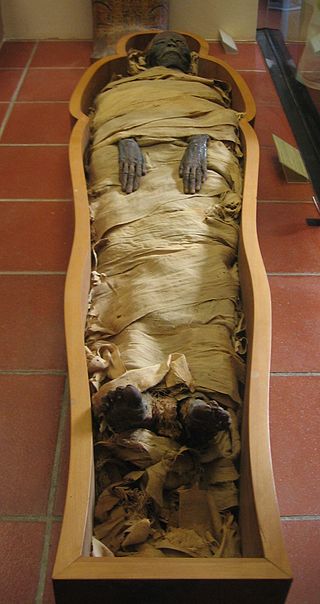 While the scientific team upheld the idea that the theory of mummification evolving over time through the observation of natural embalming through humid environmental cases is still on the table, this report may help to change what we currently know about the mummification process.
While the scientific team upheld the idea that the theory of mummification evolving over time through the observation of natural embalming through humid environmental cases is still on the table, this report may help to change what we currently know about the mummification process.
As is described in the Smithsonian Encyclopedia, the mummification process was a seventy day long procedure that involved the ancient method of embalming through removing most of the internal organs, fully dehydrating the body and wrapping the corpse in yards of linen that had forms of sticky material known as resin and other natural substances coated on it. The preservation procedure was followed by a cultural ceremony that was the prime reason for mummification (a life after death). In this ceremony, all mummies were transitioned into the afterlife where their souls would be judged.
Natural mummification can be defined as the natural conservation of bodies that results from a dry environment. A chemical analysis in the study which Hones and Buckley were involved in, revealed that shiny substances that were covered on the mummies from 4500 B.C. to 3100 B.C. were not natural. The artificial concoctions showed to be made of about three-quarters animal fat or oil, mixed with a small amount of pine resin, aromatic plant extract, a sugar or plant gum, and a natural petroleum. Additionally, chemical signatures of heating indicated that the mixtures were indeed processed.
It is not too farfetched to think that the idea of artificial mummification was thought up much earlier than what we have traditionally taught. The Live Science report for example, pointed out that mummies embalmed by human hands have been found in northern Chile and Peru, and have been dated back to the year 6,000 BC.
The evidence that humans separated by thousands of miles and years of contact independently discovered a way to mimic a natural process for cultural reasons, is a dead giveaway that the mummies that pre-date Dynastic Egyptian mummies were wrapped by human hands. The traditionally used date of 2,600 B.C. as the marker for man-made embalmed corpses may be a bit to conservative as authors of the Plos One paper have pointed out with the evidence of resin-soaked linens which pre-date even the excavations at the site of Hierakonpolis (a gravesite that was the resting place for animals that were used for religious sacrifices). The cemetery that was also used for human burial has traditionally been dated at 3,600 to 3,800 B.C., a marker for human innovation that is now being challenged.
After years of conservative thinking, traditional thought is indeed being challenged and the birth date for human innovation and intellectual thought may be pushed back by 1,500 years very soon.
SOURCES:

